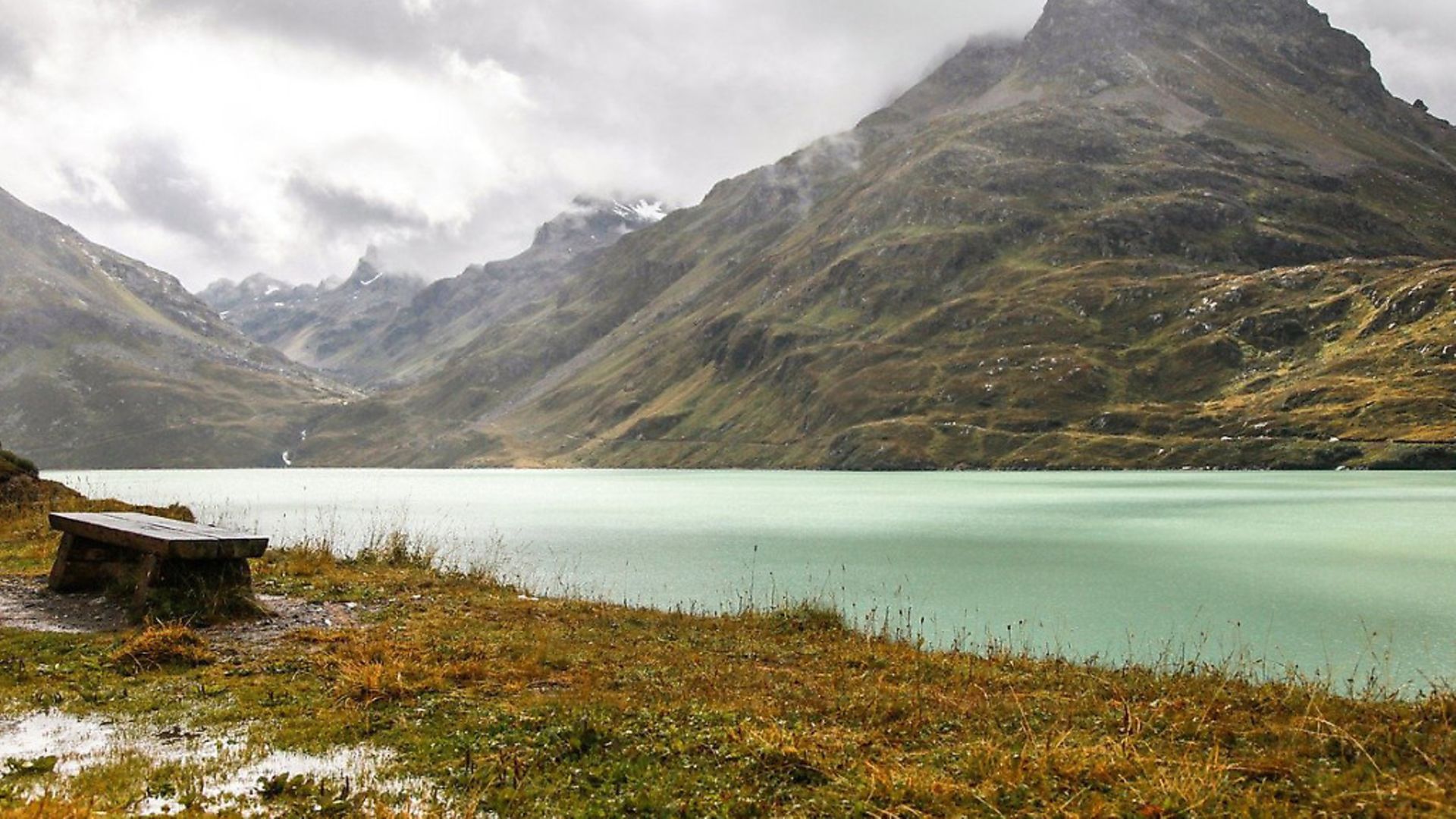
One hundred years on, PETER TRUDGILL tells the story of another referendum, one which hinged on language
On May 11, 1919, a Volksabstimmung took place in the mountainous region that is now the Austrian province of Vorarlberg. Vorarlberg means ‘before Arlberg’, the Arlberg being the mountain massif which contains the steep pass which separates the province from the rest of Austria to its east.
The German term Volksabstimmung literally means ‘people’s vote’ – the dictionary translation is ‘referendum’ or ‘plebiscite’. The Volksabstimmung was held in the aftermath of the First World War, when the Austro-Hungarian empire of the Habsburgs, which Vorarlberg, had long been part of, was being broken up and reorganised into separate, new, ethnolinguistically-based nations such as Hungary and Czechoslovakia.
The question which the referendum posed was: “Is it the wish of the people of the Vorarlberg that the National Council of the Swiss Federal Government should announce the intention of the people of the Vorarlberg to join the Swiss Confederation and enter into negotiations with the Federal Government?”
When the results of the referendum were announced on May 14, they showed that 81% of the electors had voted in favour of beginning negotiations to become part of neighbouring Switzerland, with 19% voting against. The small minority who voted not to join Switzerland were said to be mainly elite capitalists and big industrialists, plus politicians and the clergy – some of these people would have preferred to join Germany.
The overwhelming majority who did vote to join Switzerland – and in this case the majority truly was overwhelming, unlike in certain other referendums we might be familiar with – were motivated by many factors: The uncertain future of Austria after the military defeat of Austria-Hungary; severe economic problems; the large distance between Vorarlberg and the Austrian capital Vienna; and the neglect of the Vorarlberg region by the Viennese government.
Vienna was more than 500 kilometres or 300 miles from Feldkirch in Vorarlberg. The quickest journey by road today is about seven hours on a route which takes you out of Austria into Germany and back into Austria again – it would, of course, have taken much longer in 1919. By rail, the trip today also takes more than seven hours, over the Arlberg pass.
But, crucially, the pro-Switzerland voters were undoubtedly also motivated, in that era of ethnolinguistic reorganisation, by a feeling of solidarity and kinship with their neighbours in Switzerland. Like the citizens of neighbouring Liechtenstein, the people of Vorarlberg spoke, and still speak, Swiss German, not the Austrian German of the Austrians on the other side of the Arlberg pass.
The geographical barrier of the Arlberg marks a very strong and clear dialect boundary between the High Alemannic German dialects of Switzerland, Liechtenstein and the Vorarlberg, on the one hand, and the Austro-Bavarian dialects of the Tyrol and the rest of Austria on the other.
In the end, the residents of the Vorarlberg did not join the Swiss Confederation. Swiss Protestants were uneasy about adding more Catholics to their population. French-speaking and Italian-speaking Swiss citizens were not very happy about enlarging the German-speaking population of the Confederation. The Austrian government was opposed to the transfer, as were the Allies who had defeated Austria-Hungary. The Swiss Federal Council eventually voted against it.
According to the Treaty of Saint-Germain between Austria and the Allies, which was signed near Paris in September 1919, the independence of Czechoslovakia, Poland, Hungary, and Yugoslavia were recognised, with certain border issues being settled by plebiscites.
A vote in 1920 in southern Carinthia determined the location of the border between Austria and Yugoslavia in that region; and in 1921 the town of Sopron (German Ödenburg) voted to be incorporated into Hungary rather than Austria.
But the referendum in the Vorarlberg, which had taken place before the Treaty was signed, had no effect. The Vorarlberg today remains a Swiss-speaking enclave of 400,000 High Alemannic speakers at the far western end of the otherwise Austro-Bavarian-speaking Republic of Austria.










